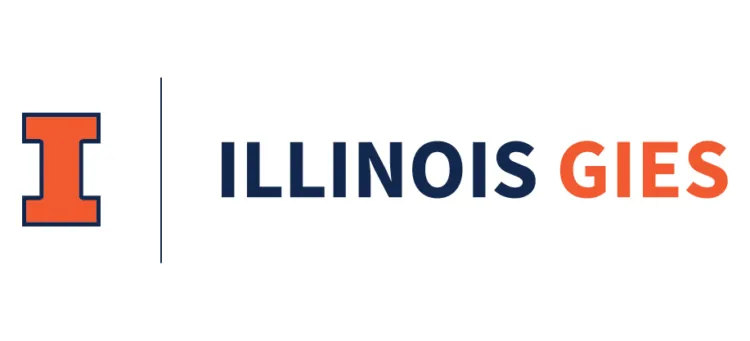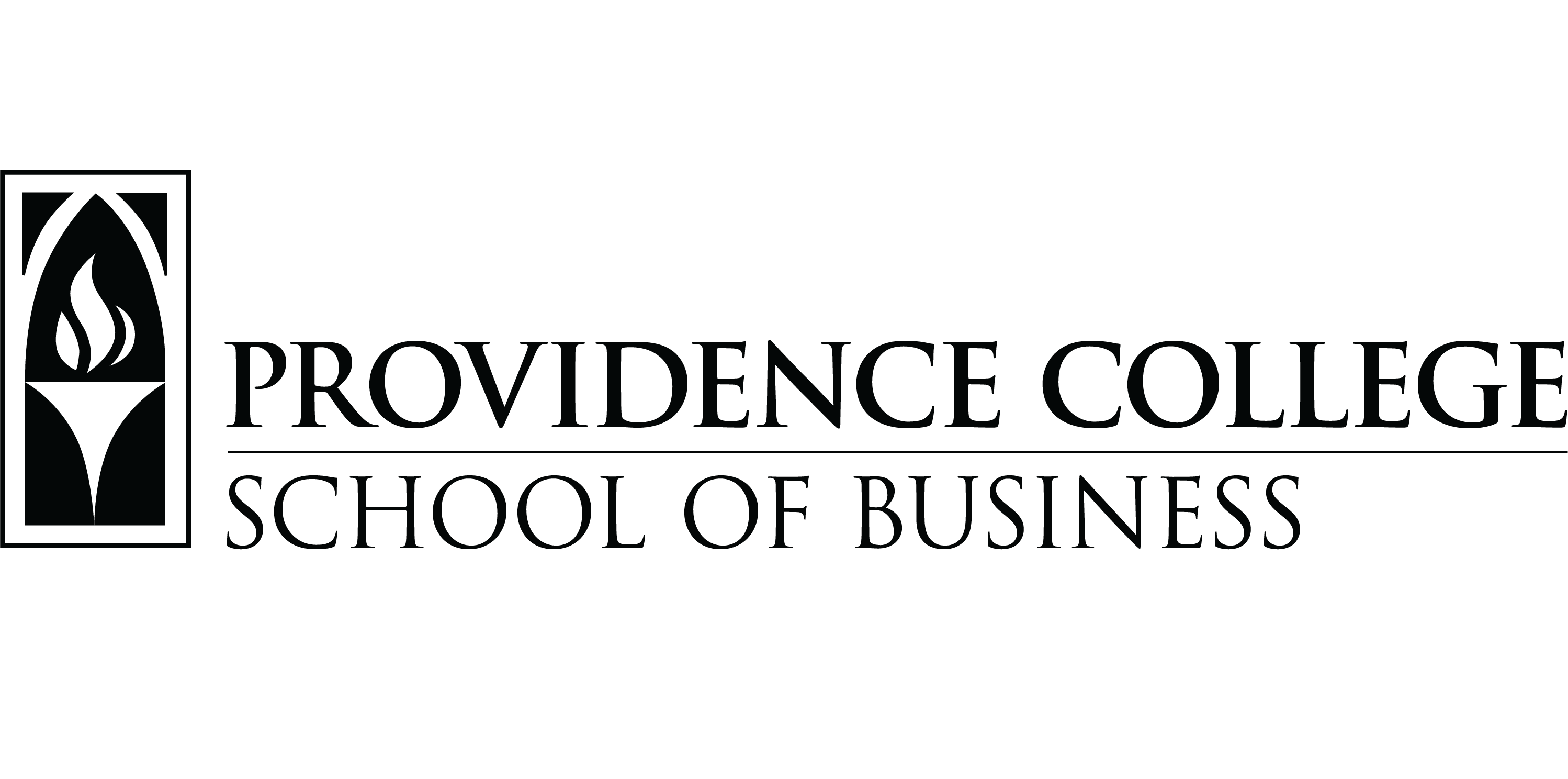
Disruption. Normally, this word suggests a negative connotation. For example, the talkative student was disruptive to the rest of the class, or the reckless driver was disruptive to the flow of traffic. In fact, Dictionary.com lists the following words as related to disruptive: upsetting, disturbing, troublesome, rowdy, troublemaking. Yet this word is used routinely in society and business, often with a positive, or at least neutral, connotation. Why is this?
I believe this unusual transformation is due to the pioneering work of the late Harvard Business School Professor Clayton Christensen, who in his 1992 Ph.D. thesis, developed the theory of disruptive innovation.
At the start of 2019, I became the first Chief Disruption Officer at the University of Illinois’ Gies College of Business. This new and unique role was created to help the college address the question of how a business school should respond to the disruptive pressures impacting society. These might be driven by emerging technology, social activism, political instability, health outbreak, or natural disaster. For example, while the drive for automation has existed for decades, today’s automation threatens to impact both blue-collar and white-collar positions causing some to suggest that tens of millions of jobs are under threat. Likewise, the increased recognition of humanity’s impact on the environment has generated unprecedented social pressure on corporations. This resulted in the recent Davos Manifesto, which states a company must engage all its stakeholders and not simply its shareholders.
Jeffrey Brown, the Dean of Gies College of Business, recognized it was clearly no longer business as usual. He not only created the Chief Disruption Officer position but hired me, a professor with a Ph.D. in astrophysics, to lead this effort. At Gies, we’re taking the lead and experimenting with disruptive innovation. As we embrace the important responsibility of preparing business students for an increasingly digital world, we can often feel constrained by accredited curricula, semesters, and defined programs. As a result, we need to get creative about how we can expose our future business leaders to these important disruptive forces. At Gies, we are forming interdisciplinary student teams who develop – in an action-learning model – actual products and solutions that can provide insight for both the project sponsor, like a faculty member or a company executive and the students in how emerging technology might enable new opportunities. We provide extracurricular training opportunities to learn new tools and technologies like robotic process automation (RPA), blockchain, and automated machine learning (AutoML) from industry leaders. And we partner with other thought leaders from academia and industry to peer into the future through topical symposia and public engagements.
At Gies, we think differently. We think about technology, how it can change the world, and how it can make the world better. We’re in the middle of what of the most disruptive events any of us will ever experience. COVID-19 has opened people’s eyes to the nature of disruption and the opportunities disruption presents. We’re educating our students and preparing them to go out into the world and succeed. We want them to have the exposure and opportunity to see how things work, how things are different from the past, and how technology can help solve problems. We want our students to be thinking about this in terms of their career – as well as how they may change society for the better.
Read more about Gies on our Partner Publisher page.
Dr. Robert Brunner is associate dean for innovation and chief disruption officer at Gies College of Business at the University of Illinois at Urbana-Champaign.











Questions about this article? Email us or leave a comment below.